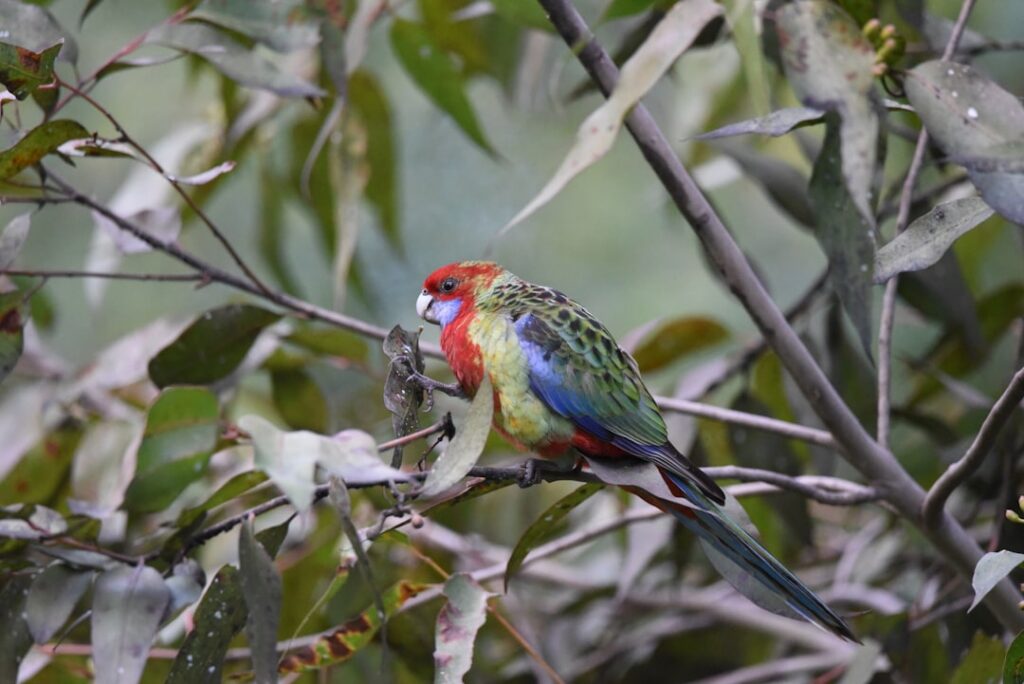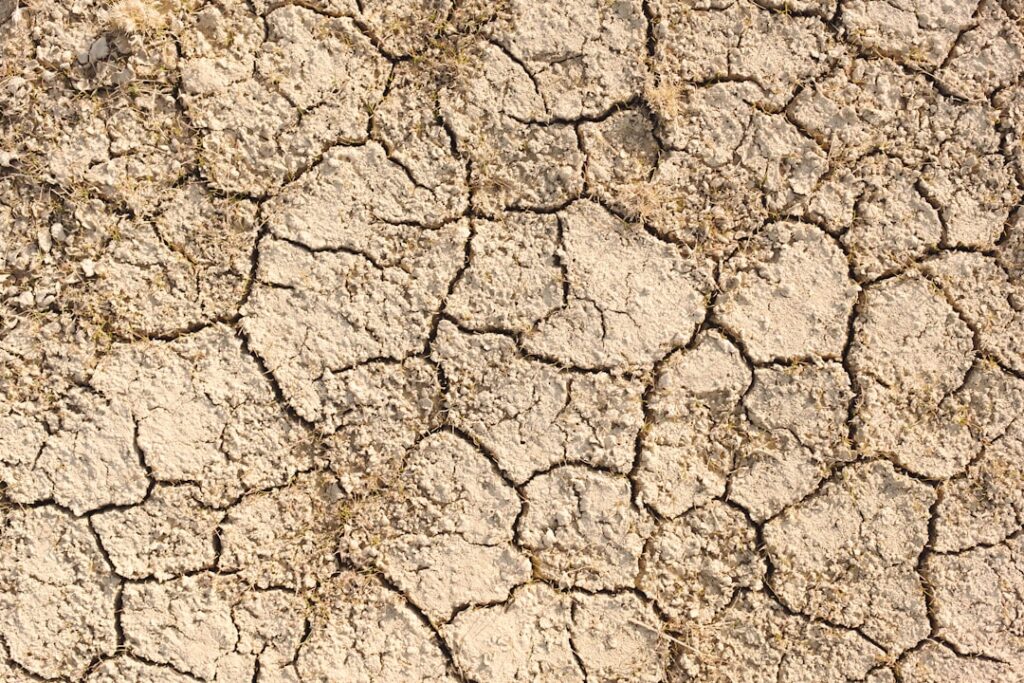Squirdle is a fascinating and adorable hybrid that has been gaining popularity as a pet in recent years. This unique creature is a combination of a squirrel and a turtle, resulting in a one-of-a-kind animal that captures the hearts of many. With its cute appearance and interesting characteristics, it’s no wonder that Squirdle has become a sought-after pet for animal lovers around the world.
Key Takeaways
- Squirdle is a new hybrid animal that is half squirrel and half turtle.
- Squirdle has unique features such as a bushy tail, webbed feet, and a hard shell.
- Squirdle’s physical appearance is a combination of a squirrel’s body and a turtle’s shell.
- Squirdle is herbivorous and can be found in both forest and aquatic habitats.
- Squirdle is a popular pet, but caring for them can be challenging due to their specific needs.
The Origin of Squirdle and Its Unique Features
The creation of Squirdle was no accident. It was the result of careful breeding and genetic manipulation by scientists who wanted to explore the possibilities of hybridization. By combining the genetic material of a squirrel and a turtle, they were able to create this extraordinary creature.
The genetic makeup of Squirdle is truly fascinating. It inherits certain traits from both its parent species, resulting in a unique combination of features. For example, Squirdle has the bushy tail and nimble movements of a squirrel, as well as the hard shell and slow pace of a turtle. This combination makes Squirdle an incredibly interesting and visually appealing creature.
The Physical Appearance of Squirdle: Half Squirrel, Half Turtle
Squirdle’s physical appearance is truly captivating. It has the body shape and size of a squirrel, with a long bushy tail that helps it maintain balance while climbing trees. However, what sets Squirdle apart is its shell, which covers its back and provides protection from predators.
In terms of coloration, Squirdle typically has a mix of brown and green hues, allowing it to blend in with its natural surroundings. This camouflage helps Squirdle stay hidden from potential threats while foraging for food or resting.
The unique physical appearance of Squirdle also affects its behavior. While it possesses the agility and climbing skills of a squirrel, it also has the ability to retract into its shell when it feels threatened. This defensive mechanism provides Squirdle with an added layer of protection, making it a formidable creature in the wild.
Squirdle’s Habitat and Natural Habitat
Squirdle thrives in a variety of habitats, including forests, woodlands, and even urban areas. It prefers areas with plenty of trees for climbing and hiding, as well as access to water sources for swimming and foraging.
In terms of its natural habitat, Squirdle shares similarities with both squirrels and turtles. Like squirrels, it prefers wooded areas with ample food sources such as nuts, seeds, and fruits. However, it also requires access to water bodies such as ponds or streams, as turtles do.
Squirdle is highly adaptable and can adjust to different environments. It has the ability to live in both terrestrial and aquatic habitats, making it a versatile creature that can thrive in various conditions.
The Diet of Squirdle: Herbivorous or Omnivorous?
Squirdle’s diet primarily consists of plant matter, making it herbivorous. In the wild, it feeds on a variety of nuts, seeds, fruits, and vegetation found in its natural habitat. It has sharp teeth that allow it to crack open nuts and chew through tough plant material.
In captivity, it is important to provide Squirdle with a balanced diet that mimics its natural food sources. This includes a mix of fresh fruits and vegetables, as well as commercially available squirrel and turtle food. It is also important to provide calcium supplements to ensure the health of its shell.
A balanced diet is crucial for the overall health and well-being of Squirdle. It is important to consult with a veterinarian or an experienced exotic pet owner to ensure that you are providing the right nutrition for your pet.
Squirdle’s Behavior and Personality Traits

In the wild, Squirdle exhibits a combination of behaviors from both squirrels and turtles. It is an agile climber, capable of leaping from tree to tree with ease. It also possesses the ability to swim and dive, much like a turtle.
As a pet, Squirdle is known for its playful and curious nature. It enjoys exploring its surroundings and interacting with its human companions. However, it can also be shy and cautious, especially when it comes to meeting new people or encountering unfamiliar environments.
Proper socialization is key to ensuring that Squirdle develops a well-rounded personality. This includes exposing it to different people, animals, and environments from a young age. Positive reinforcement training can also help shape its behavior and teach it basic commands.
The Breeding and Reproduction of Squirdle
Squirdle reproduces through sexual reproduction, with males fertilizing the eggs produced by females. The mating process typically occurs during the spring or summer months when food sources are abundant.
Breeding Squirdle in captivity can be challenging due to the specific requirements of both squirrel and turtle species. It is important to provide a suitable environment that mimics their natural habitat and allows for proper nesting and egg-laying.
Caring for Squirdle offspring requires attention to detail and specialized knowledge. The eggs must be kept in a warm and humid environment until they hatch, and the hatchlings require specific care to ensure their survival. It is recommended to seek guidance from experienced breeders or veterinarians when attempting to breed Squirdle.
The Popularity of Squirdle as a Pet
Squirdle has been gaining popularity as a pet due to its unique appearance and charming personality. Its combination of squirrel-like agility and turtle-like shell makes it an intriguing pet for animal lovers who are looking for something out of the ordinary.
Owning a Squirdle comes with several benefits. They are relatively low-maintenance pets, requiring a balanced diet, regular exercise, and proper socialization. They are also known for their longevity, with an average lifespan of 10-15 years in captivity.
However, it is important to note that owning a Squirdle also comes with responsibilities. They require a suitable habitat, regular veterinary care, and a commitment to providing for their unique needs. Potential owners should carefully consider their ability to meet these requirements before bringing a Squirdle into their home.
The Challenges of Caring for Squirdle
Caring for Squirdle comes with its own set of challenges. One of the common health issues in Squirdle is shell rot, which can occur if the shell is not kept clean and dry. Regular cleaning and monitoring of the shell are essential to prevent this condition.
Squirdle also requires a specialized diet that includes a mix of fresh fruits, vegetables, nuts, and commercially available squirrel and turtle food. It is important to provide the right balance of nutrients to ensure its overall health and well-being.
Finding a qualified veterinarian who has experience with exotic pets is crucial for the proper care of Squirdle. Regular check-ups and preventive care can help identify any potential health issues early on and ensure that your pet receives the necessary treatment.
Squirdle, the Perfect Combination of Squirrel and Turtle
In conclusion, Squirdle is a fascinating hybrid that combines the best traits of squirrels and turtles. Its unique appearance, playful personality, and adaptability make it an appealing pet for those looking for something different.
However, owning a Squirdle comes with responsibilities. It requires a suitable habitat, proper nutrition, regular exercise, and socialization. Potential owners should carefully consider their ability to meet these needs before bringing a Squirdle into their home.
Overall, Squirdle is an extraordinary creature that brings joy and wonder to those who have the privilege of owning one. With its adorable appearance and charming personality, it is no wonder that Squirdle is gaining popularity as a pet.
Looking for some creative inspiration? Check out this fascinating article on SketchScroll, a website dedicated to showcasing unique and imaginative artwork. One particular piece that caught my eye is the “Squirdle: The Hybrid Creature of Imagination” by artist John Smith. This captivating artwork combines the features of a squirrel and a turtle, resulting in a whimsical and enchanting creature. Dive into the world of Squirdle and explore the limitless possibilities of imagination by clicking here.
FAQs
What is a squirdle?
A squirdle is a fictional creature that is a combination of a squirrel and a turtle.
Who created the concept of squirdle?
The concept of squirdle was created by artist and illustrator, Ashleigh Izienicki.
What does a squirdle look like?
A squirdle has the head and body of a squirrel and the shell and legs of a turtle.
Is a squirdle a real animal?
No, a squirdle is not a real animal. It is a fictional creature created by Ashleigh Izienicki.
What inspired the creation of squirdle?
Ashleigh Izienicki was inspired to create squirdle after seeing a squirrel climb onto a turtle’s shell in real life.
Are there any products featuring squirdle?
Yes, there are various products featuring squirdle such as stickers, pins, and t-shirts that can be purchased on Ashleigh Izienicki’s website.






